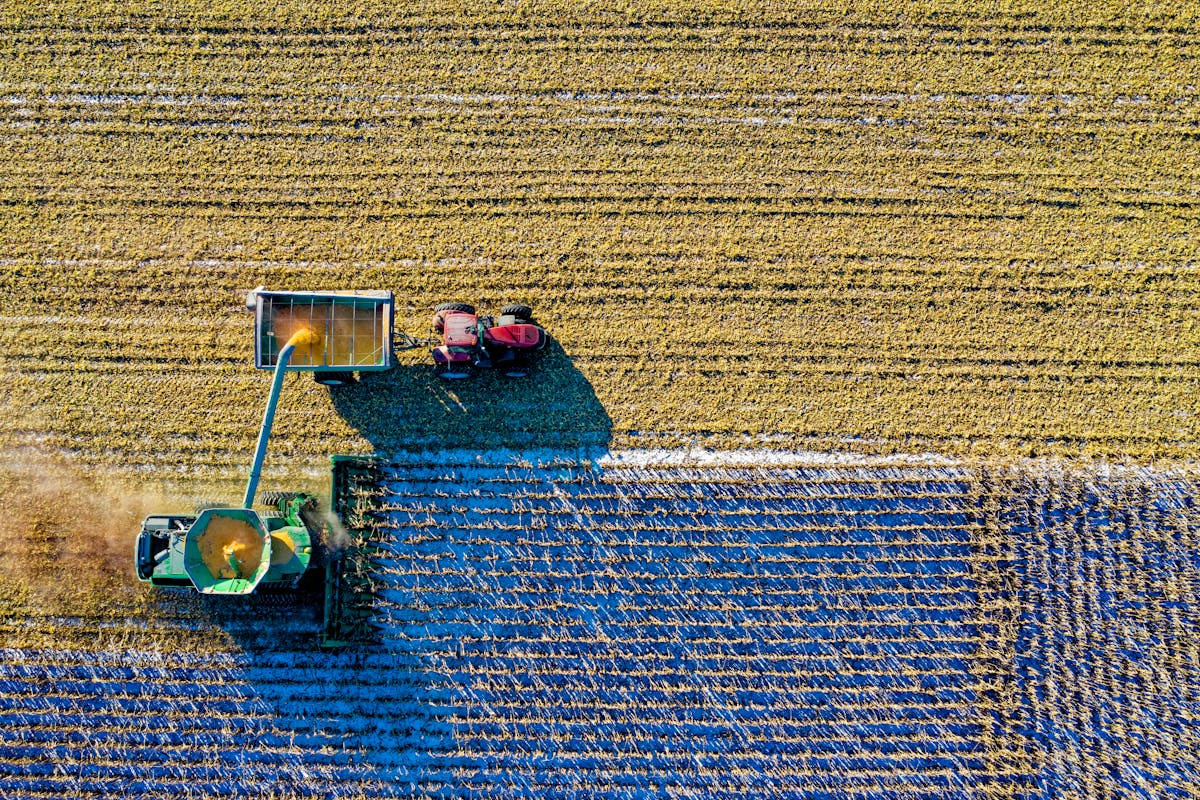- Innovative greenhouses offer cost-effective, adaptable solutions for year-round crop growth and protection.
- Maximizing land and water use efficiency is key, focusing on high-value crops and alternative water sources.
- Government grants and loans can significantly aid in purchasing equipment and adopting sustainable practices.
- A comprehensive, monitored approach ensures cost-effective farming expansion, combining various strategies for sustainable growth.
- Strategic planning and leveraging financial support are crucial for overcoming expansion challenges in the agricultural sector.
In the vital industry of agriculture, expansion is not merely a desire but a necessity for various reasons, including the growing global population and the need to meet the demand for food security. Yet, expanding farming operations brings many challenges, particularly when it comes to the cost. This blog post aims to address these challenges by providing cost-effective strategies to facilitate farming endeavors’ sustainable growth.
Overview of Challenges in Expanding Farming Operations
Farming expansion can be fraught with challenges, such as the high costs associated with acquiring land, purchasing equipment, and investing in technology. There’s also the complexity of scaling production while maintaining quality and abiding by environmental regulations. Furthermore, the unpredictability of markets and weather patterns adds a layer of risk that can deter even the most seasoned farmers from considering expansion.
Given these challenges, it’s clear that cost-effective strategies are beneficial and imperative to ensure the longevity and success of farming operations. They can help minimize financial risks and maximize returns while also promoting sustainability.

Strategies for Expansion
In the following section, we will explore several strategies identified as both effective and economical for farmers looking to expand their operations. These approaches mitigate the financial risks of scaling up and promoting sustainable agricultural practices. It’s worth noting that these strategies are not a one-size-fits-all solution; they should be tailored to suit each farm’s specific needs and resources.
Adopting Innovative Agricultural Techniques
Innovation is the bedrock of any successful agricultural enterprise. Modern farming practices, powered by cutting-edge technology, have significantly enhanced productivity and efficiency in recent years. Technology such as precision agriculture, which involves using GPS and sensor technology to optimize resource distribution, can lead to substantial savings through reduced input costs and increased yields.
One such innovation is the sustainable Quonset greenhouse, a beacon of cost-effective expansion. The high tunnel design offers advantages, including an affordable initial investment, exceptional durability in various weather conditions, and optimal space utilization. It is a powerful ally for a farm looking to grow without breaking the bank.
Maximizing Land Use
Efficient land management is crucial to expanding operations. Conventional practices often leave vast swathes of farmland underutilized. Still, farmers can significantly boost their land’s productivity by adopting techniques like crop rotation and intercropping without requiring excessive inputs. Crop rotation, in particular, is a low-cost strategy that can improve soil health, reduce pests and diseases, and enhance nutrient availability for subsequent plantings. Meanwhile, intercropping—the practice of growing two or more crops in proximity—can lead to a better use of space and increased yields.
Utilizing Alternative Water Sources
Water is a critical resource in agriculture, and with increasing water scarcity, it’s more essential than ever to employ strategies for its efficient use. Rainwater harvesting systems can be a game-changer for farms, reducing reliance on expensive irrigation while conserving freshwater resources. Additionally, when treated properly, recycled water can offer a sustainable and cost-effective alternative for irrigation, particularly in regions where water is scarce.

Focusing on High-Value Crops
Not all crops are created equal when it comes to profitability. Identifying and investing in high-demand crops can yield a significant return on investment. Researching market trends and consumer habits can provide valuable insights for deciding which crops to prioritize. Specialized and premium produce often commands higher prices, making them attractive options for farms looking to expand.
Leveraging Government Grants and Loans
The government can be a source of financial support for farming expansion. Numerous grants and loans are available to farmers, ranging from purchasing new equipment to implementing sustainable agriculture practices. While navigating the application process for these funding opportunities may seem daunting, the potential financial benefits can be substantial and well worth the effort.
Implementing Cost-Effective Expansion
Bringing together all of these strategies requires careful planning and execution. Integrating Quonset greenhouses, maximizing land use, leveraging alternative water sources, focusing on high-value crops, and seeking financial aid are not standalone solutions but parts of a comprehensive approach to cost-effective farming expansion. It’s crucial to monitor the performance of these initiatives closely and make adjustments as needed to ensure they contribute effectively to the farm’s growth.
Conclusion
Cost-effective solutions for expanding farming operations are not only possible but also essential. By adopting innovative techniques, maximizing land use, preserving water resources, and focusing on strategic crop selection, farms can expand sustainably and profitably. Leveraging government support can provide the financial foundation needed to make these changes. Farmers can overcome expansion challenges with careful planning and a commitment to sustainable growth and contribute to a resilient and thriving agricultural sector.





